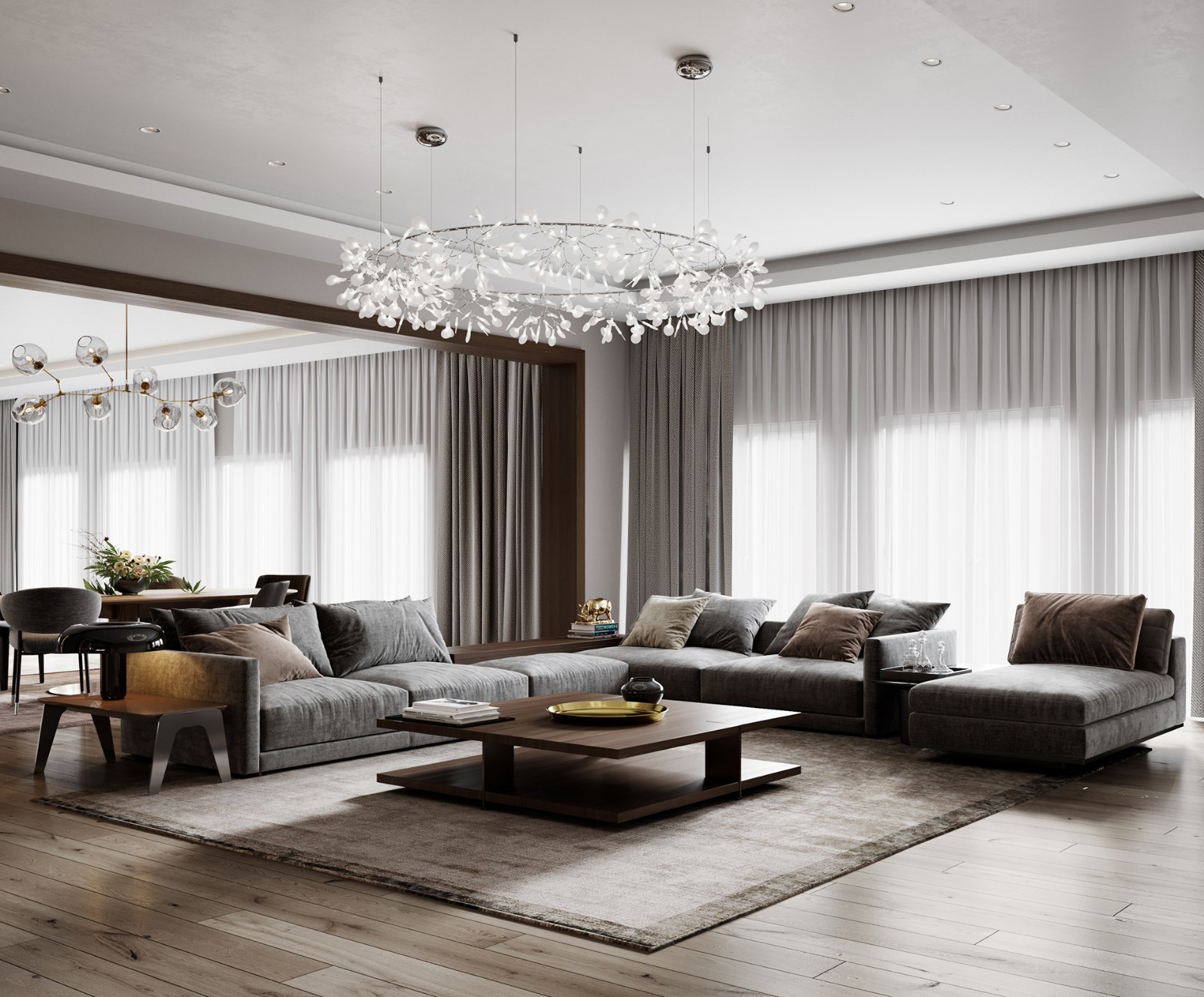AD Classics Sangath Balkrishna Doshi
2011-08-15 00:00
架构师提供的文本描述。巴尔里希纳·多什自己的工作室,桑加特,有一系列在中国马赛克中包裹的沉陷的拱顶,以及一个小草的梯田圆形剧场和流水细节。Sangath被认为是完全描述自己的建筑,它是Doshi以前作品中的建筑主题的完整组合,包括复杂的内饰和结构、模糊的边缘、拱顶和露台。休息后更多关于桑加特的事。
Text description provided by the architects. Balkrishna Doshi's own studio, Sangath, features a series of sunken vaults sheathed in china mosaic as well as a small grassy terraced amphitheater and flowing water details. Having been considered the building that fully describes himself, Sangath is a complete combination of Doshi's architectural themes from his previous work including complex interiors and structures, ambiguous edges, vaults and terraces. More about Sangath after the break.
进入建筑群后,你会立即看到一个拱顶的轮廓徘徊在外墙后面,通过表面的一个小裂痕,可以看到内部的一小部分。
Upon entering the complex, one immediately sees the silhouette of a vault lingering behind an exterior wall and a slight view of the interior is present through a small break in the surface.
这条小路转向并迫使居住者离开南北轴线,与高架花园墙并排。现在,从角度上看,拱顶开始退回到前面长满草的圆形剧场、水渠和花园上方的背景中。当一个人经过在静水中捕获拱顶的反射池塘时,入口就变得明显了。它位于一个角度接近金库的末端。
The path turns and forces the occupant off of the north-south axis and alongside the elevated garden walls. Now visible in perspective, the vaults begin to recede into the background above the grassy amphitheater, water channels and gardens in the foreground. As one passes by the reflecting ponds that capture the vaults in still water the entrance is made apparent. It lies at the end of an angled approach to the vaults.
主入口使游客低几步进入一个拱顶,并建议选择爬上三层楼高的楼梯,或通过渡石办公室的小走廊进入主起草大厅。在这里,天花板平面上升,因为居民体验如何多石联锁多高度空间,并创造压缩和释放之间。
The main entry lowers the visitor a few steps into the a vault and proposes the choice of ascending a flight of stairs in a three story height, or proceeding through small corridor by Doshi's office and into the main drafting hall. Here the ceiling plane rises as the inhabitant experiences how Doshi interlocks multi height spaces and creates compression and release between them.
在主起草室的拱顶底部是用一个纹理混凝土完成的,它将自然光分散到空间中。大厅的尽头是从工地入口看到的洞口,一个人沿着主轴恢复了自己的位置感。
The underside of the vault in the main drafting room is finished with a textured concrete that dispersed natural light into the space. At the end of the hall lies the opening seen from the site entrance and one regains their sense of place along the main axis.
桑加特还表达了巴尔基里希纳多希的愿望,在自然和个人之间建立联系。整体形式夸大了大自然的细节,其滚动的土丘,洞穴般的空间,梯田,好玩的水渠,和反光表面。漏斗中的雨水通过光滑、圆形的拱顶和水槽穿过现场。
Sangath also expresses Balkrishna Doshi's desire for a connection between nature and the individual. The overall form exaggerates the details of nature with its rolling mounds, cave-like spaces, terraced land, playful water channels, and reflective surfaces. Storm water in funneled through the site by the slick, round vaults and water troughs.
凹陷的内部空间是由结构内的粘土绝缘的。太阳的热量被草堆和覆盖每个拱顶的白色反光瓷器马赛克减少了。白天,自然光也被过滤到室内空间,而月亮在池塘中反射,晚上穿过中国马赛克。
The sunken interior spaces are insulated by clay within the structure. Heat from the sun is reduced by grassy mounds and the white reflective china mosaic that covers each vault. Natural light is also filtered into the interior spaces during the day, while the moon is reflected in the ponds and across the china mosaics at night.
除了自然联系之外,桑加特还与印度文化保持着联系。其布局类似于庙宇发展成最终平台的一系列阶段,而形式松散地模仿佛塔的大胆。
Along with natural connections, Sangath holds connections to India's culture. The layout resembles the way that a temple develops a series of stages into a final platform while the form loosely imitates the boldness of a stupa.
对现代风格的其他提及也很明显:勒·柯布西耶耳形水池;类似于阿尔托和赖特的圆形剧场台阶;高迪的破碎的中国马赛克;以及类似卡恩的萨尔克学院(Salk Institute)的水特色。
Other references to modern styles are also apparent with the Le Corbusier ear shaped pool; amphitheater steps resembling those by Aalto and Wright; Gaudi's broken china mosaic; and a water feature similar to that of Kahn's Salk Institute.
 举报
举报
别默默的看了,快登录帮我评论一下吧!:)
注册
登录
更多评论
相关文章
-

描边风设计中,最容易犯的8种问题分析
2018年走过了四分之一,LOGO设计趋势也清晰了LOGO设计
-

描边风设计中,最容易犯的8种问题分析
2018年走过了四分之一,LOGO设计趋势也清晰了LOGO设计
-

描边风设计中,最容易犯的8种问题分析
2018年走过了四分之一,LOGO设计趋势也清晰了LOGO设计








































































